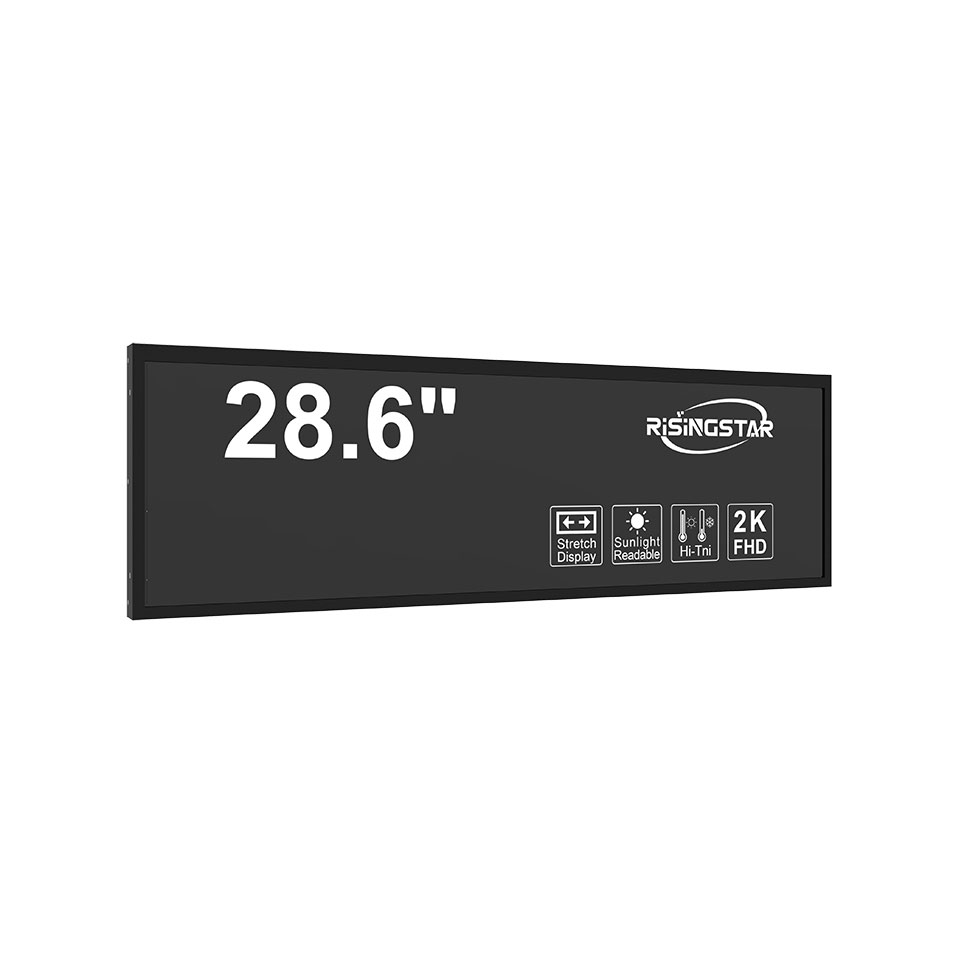- Home
- About Us
- Products
- News
- Video
- Contact
- Send Inquiry
Search
- Home
- About Us
- Products
- News
- Video
- Contact
- Send Inquiry

In today’s fast-paced urban environments, LCD passenger information displays (PIDs) have become a cornerstone of efficient public transportation systems. These digital signage solutions are no longer just an upgrade—they are a necessity for real-time communication, operational transparency, and enhanced user experience across buses, trains, subways, and airports. As cities grow denser and mobility demands increase, the role of high-performance LCD PIDs in managing passenger flow and improving service quality cannot be overstated.
The core function of LCD PID systems is to deliver accurate, timely, and easily readable information—such as arrival times, route changes, delays, platform numbers, and emergency alerts—to passengers. Unlike static signs or outdated analog displays, modern LCD PIDs integrate seamlessly with backend data feeds from GPS tracking, traffic management systems, and automated scheduling platforms. This allows for dynamic content updates, reducing human error and enabling proactive responses to disruptions like weather events or mechanical issues.

From a technical standpoint, outdoor-rated LCD screens used in transit applications must meet stringent environmental standards such as IP65 or higher for dust and water resistance, and they must operate reliably under extreme temperatures—from -30°C to +60°C. Brightness levels typically range from 5,000 to 7,000 nits to ensure visibility even under direct sunlight—a critical factor often overlooked in indoor-display deployments. Additionally, ruggedized housings and anti-glare coatings help maintain clarity while minimizing maintenance costs over time.
Case studies from major transit authorities worldwide—like London Underground, Tokyo Metro, and Singapore’s Land Transport Authority—demonstrate measurable improvements in on-time performance metrics and customer satisfaction after deploying LED-backlit LCD PID systems. In one instance, a metropolitan bus network in Germany reported a 22% reduction in missed connections following a full rollout of smart LCD displays integrated with real-time GPS data.

Moreover, the integration of multi-language support, accessibility features (e.g., text-to-speech, high-contrast modes), and remote content management via cloud-based platforms makes these displays inclusive and future-ready. With the rise of IoT and 5G connectivity, next-generation LCD PIDs can also serve as part of a broader smart city infrastructure—displaying public health advisories, local event promotions, or even targeted advertising tailored to commuter demographics.
For manufacturers and transit operators alike, choosing the right LCD PID solution means prioritizing durability, scalability, and interoperability. Industry benchmarks like EN 50155 (for rail vehicles) and ISO 14001 compliance for sustainable manufacturing further guide decision-making. Ultimately, well-designed LCD passenger information displays do more than inform—they build trust, reduce anxiety, and elevate the entire transit experience for millions of daily users.
